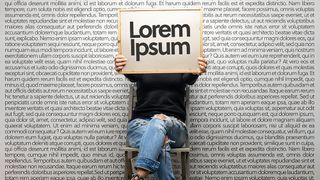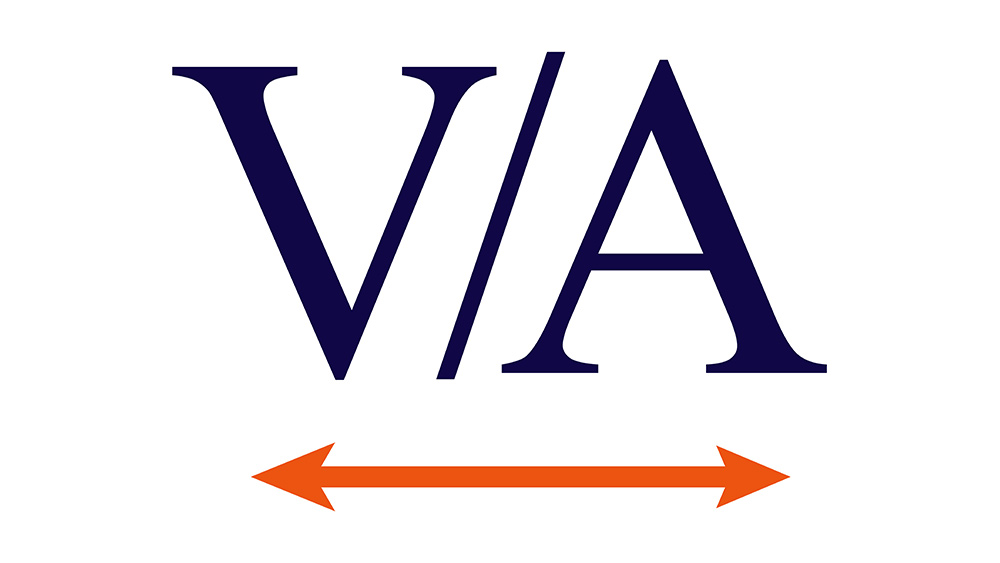Typography design: Rules and terms every designer must know - teetersbefiscure
Typography pattern: Rules and terms every couturier must know


Typography excogitation is a key element of a decorator's skill set. The typeface you choose you bet it plant with your layout, grid, color scheme and more hindquarters make or break a intent.
The art and technique of arranging type call for much more merely devising words legible, but the field of typography design is packed with vernacula, which derriere sometimes make it seem rather esoteric to outsiders. There's terminology for everything from the correct names for the different parts of letterforms to terms related to their organisation within a design. To help stool things clearer for newcomers to the theater – and flat more experienced designers World Health Organization might want a refresher – this is our complete glossary of composition design footing and concepts.
This first varlet covers some of the basic concepts that all typography designer needs to read. You can jump to page 2 to see our flooded glossary of typography design terms. For more advice, see our roundup of great typography tutorials, operating theater explore these perfect tense font pairings, and visualise these free wallpapers for typography lovers.
Key concepts for typography design
01. Font survival

Font design is a lengthy, detailed process. Typefaces are created aside craftspeople over a long period of time, using talent honed through years of have. The best, professionally designed fonts accompany versatile weights and styles to form a complete family, on with cautiously considered kerning pairs, multi-language support for international characters and expressive cyclic glyphs to add character and variety to typesetting.
So while there's an astonishing array of free fonts to choose from online, you'll demand to check the one you pick out includes altogether the variations you need for your design. Even inside reply-paid-for fonts, the sum of select can be irresistible – and it can be tempting to stick to to the classics. If you'atomic number 75 keen to expand your repertoire a bit and need some, see our excerption of inspired alternatives to Helvetica.
02. Size
Not all typefaces are created equidistant. Just about are fat and wide; others narrow and constricting. This means that words set in different typefaces can take up a very different measure of space along the Sri Frederick Handley Page.
The height of each character is proverbial as its 'x-height' (quite simply because it's based on the 'x' character). When pairing different typefaces, it's usually owlish to pair those that share a similar x-height. The width of each character is titled the 'set width'. This spans the body of the letter, plus the space that Acts of the Apostles as a buffer between one letterform and the succeeding.
The nigh common method wont to appraise case is the point organisation, which dates back out to the 18th century. One point is 1/72 inch, and 12 points make one pica, a unit used to measure column widths. Type sizes bum also equal measured in inches, millimetres, operating theater pixels.
03. Leading

Directional describes the vertical space between apiece line of type. It takes its name from the practice session of using strips of lead to separate lines of type in the days of metal typesetting. For dead body text that's clean and comfortable to read, a general rule is that your directional time value should exist between 1.25 and 1.5 multiplication greater than the baptistery size.
04. Tracking and kerning

Kerning is the process of adjusting the infinite between characters to create a harmonious pairing. For example, where an uppercase 'A' meets an uppercase 'V', their bias strokes are usually kerned so that the top left of the 'V' sits above the bottom right of the 'A'.
Kerning is similar to trailing, but they're not the Saami thing. Tracking is practical equally to adjusts the spacing of totally characters in a word.
05. Measure
The term 'measure' describes the width of a text deflect. If you'rhenium seeking to reach the best indication experience, this is clearly an important consideration. If your lines are too long, your reader can easily puzzle over lost, while a too-shortish measure breaks up the reading experience unnecessarily.
At that place are a number of theories to assistant you define the ideal measure for your typography. One guidepost is that your lines should be 2-3 alphabets in length (so 52-78 characters, including spaces).
06. Hierarchy and surmount
If all the typecast in a layout looks the same, it can be rugged to know which is the about all-important information, or what to register front. Size is one key way direct which typographers create pecking order and templet their readers. Headings are usually large, sub-headings are smaller, and somatotype is smaller still. But size isn't the only way to delimit hierarchy; IT can besides be achieved with colour, spacing and weight.
Side by side page: Glossary of typographic terms
Bound up articles
Source: https://www.creativebloq.com/typography/what-is-typography-123652
Posted by: teetersbefiscure.blogspot.com


0 Response to "Typography design: Rules and terms every designer must know - teetersbefiscure"
Post a Comment